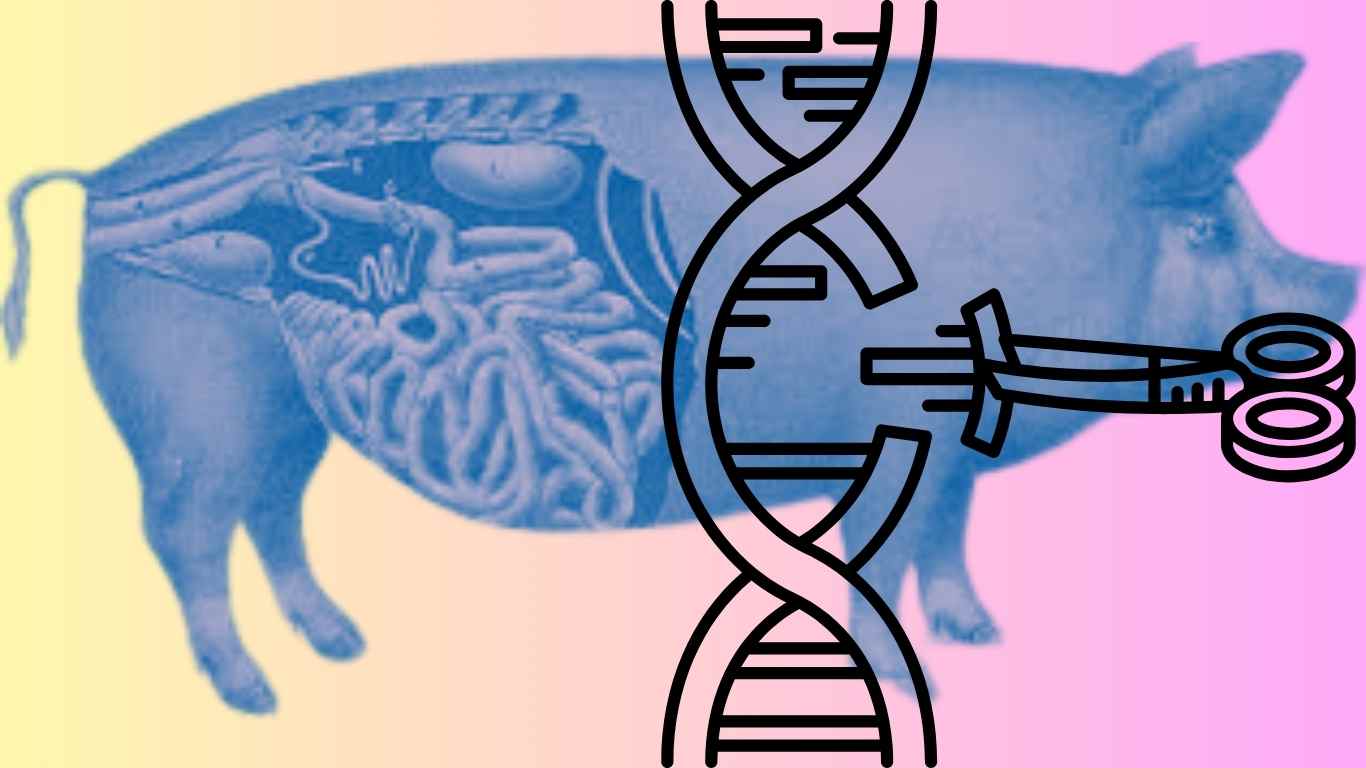In a monumental leap forward, surgeons have recently achieved a remarkable feat: transplant of a pig kidney into humans. This article delves into the intricacies of this groundbreaking procedure, shedding light on its anatomical and physiological nuances compared to conventional kidney transplants. Medical students and professionals alike will gain valuable insights into the future of organ transplantation and its potential implications. This is the latest development in transplants since we last heard about Heart transplant transportation back in January 2024.
The Latest Medical Marvel: A Pig Kidney Transplanted into a Human
Breaking new ground in the field of transplantation, surgeons at Massachusetts General Hospital recently performed a groundbreaking procedure: the transplantation of a genetically modified pig kidney into a human recipient. This historic event marks a significant advancement in medical science and offers hope to countless individuals awaiting life-saving organ transplants. But before trying to find out why this kidney transplant is so special, let’s revisit what a normal kidney transplant is like.

Exploring the Anatomy and Physiology of Kidney Transplantation
In the conventional procedure, whether from living or deceased donors, surgeons procure kidneys. Living donation presents advantages, allowing for thorough preparation and minimizing organ preservation duration.
During renal allograft implantation, surgeons execute a series of meticulous steps to ensure success. First, they make an incision, typically in the lower quadrant of the abdomen, exposing the iliac vessels and the bladder. The kidney, known as the allograft, finds its temporary home in the pelvis region.

Next, surgeons meticulously connect the renal artery of the allograft to the recipient’s external iliac artery or occasionally the common iliac artery. This crucial step ensures proper blood flow to the transplanted kidney. Similarly, they attach the renal vein to the recipient’s external iliac vein or the common iliac vein, facilitating venous drainage.
The ureter, responsible for carrying urine from the kidney to the bladder, undergoes a meticulous process called ureteroneocystostomy. Surgeons either create a tunnel through the bladder submucosa or form an anastomosis between the ureter tip and the bladder mucosa, ensuring urine flow into the bladder. Sometimes, a ureteral stent aids in preventing postoperative obstruction.
Complications, though rare, can arise post-transplantation. These include delayed graft function, vascular thrombosis, ureteral obstruction, urinary leakage, lymphocoele, and infection. To minimize risks, pre-transplant procedures involve rigorous compatibility checks, including tissue typing and cross-matching, ensuring a successful outcome.
The Unique Aspects of Pig Kidney Transplantation
In contrast to traditional kidney transplants, pig kidney transplantation introduces several novel elements. Unlike human donors, pigs offer an abundant and readily available source of organs, potentially addressing the critical shortage of donor kidneys.
However, pig kidney transplantation presents unique challenges. The risk of immune rejection, infectious diseases, and ethical considerations looms large. Surgeons must navigate these hurdles while leveraging advancements in genetic engineering, to enhance the compatibility and viability of pig organs in human recipients.
Genetic Modifications
The pig kidney used in this groundbreaking transplantation underwent meticulous genetic engineering, setting it apart from its natural counterparts. Scientists employed advanced techniques, including CRISPR-Cas9 technology, to tailor the pig’s genetic makeup. Key genes associated with potential rejection were strategically removed, mitigating the risk of immune-mediated complications in the recipient.
Furthermore, human genes were skilfully incorporated into the pig’s genome to enhance compatibility with the human immune system. This innovative approach aimed to bridge the biological gap between pig and human tissues, ensuring a harmonious integration of the transplanted organ. Additionally, efforts were made to deactivate retroviruses inherent in pig genomes, safeguarding against potential viral transmission to humans
The Future of Organ Transplantation
As we stand on the cusp of a new era in transplantation, the success of pig kidney transplantation opens doors to unprecedented possibilities. Further research and innovation hold the key to overcoming existing challenges and realizing the full potential of xenotransplantation.
In conclusion, the transplantation of pig kidneys into humans represents a significant milestone in medical history. By embracing this innovative approach and exploring its intricacies, medical students and professionals can contribute to the ongoing evolution of organ transplantation, offering hope to patients in need worldwide.




Leave a Reply